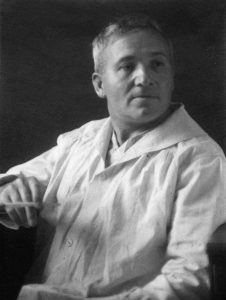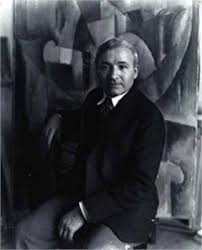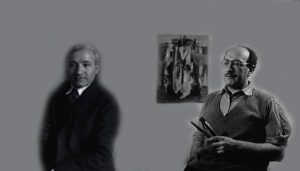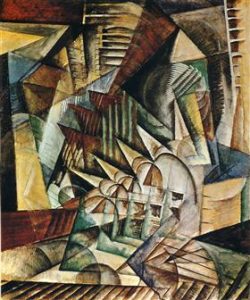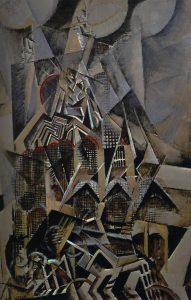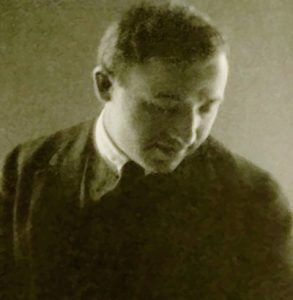Max Weber was born on April 18 in 1881 in Bialystok, Grodno province of the Russian Empire (now the territory of Poland).
1881 - 1961
Max Weber
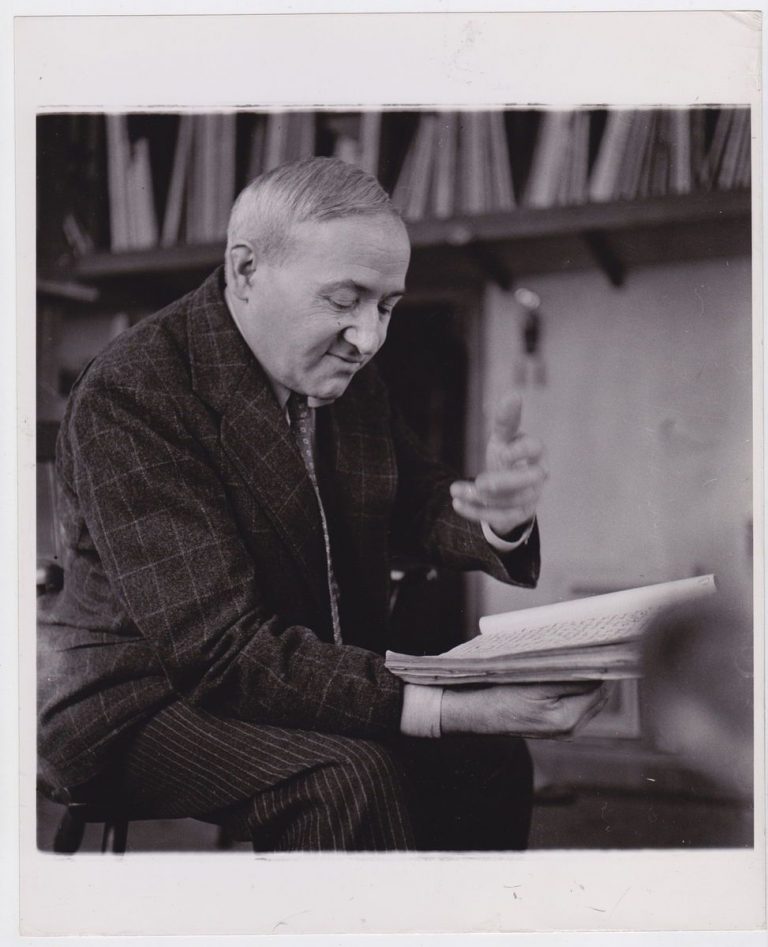
description
Polish artist of Jewish origin, who was born in the Russian Empire and worked in America.
Being born in the Polish part of the Russian Empire, Max Weber came early with his family to New York. The very first studying of fine arts took place at the Brooklyn School. His mentor was Arthur Wesley Doe – a rather progressive teacher in the conservative environment of that time. Doe strongly influenced the formation of Weber as a champion of new approaches to the fine arts.
One of the very first stylistic innovators of America used techniques taken from very different styles – Fauvism and dynamism, Expressionism and Cubism, Futurism and Primitivism. Also various are the techniques in which the master worked, and the subjects of his work. The most frequently used themes are concentrated on the religious iconography and traditions of the old world – monthly celebrations of the new moon, reading of the Talmuds, honouring the Sabbath, and so on.
Max Weber was a key figure in the development of avant-garde art in America, worked in a variety of techniques (oil, watercolour, tempera), was a master of engraving and sculpture. He was elected the director of the Society of Independent Artists of New York, the chairman of the National Committee, the honorary chairman of the “Congress of American Artists.” He taught at several American educational institutions, popularizing new methods and techniques, is considered the forerunner of the famous American Abstract expressionism.
Art historians note that Max Weber not only embodied Jewish traditions in his work, but also managed to consistently carry the echoes of his own difficult life through the major trends in the art of the 20th century. These Polish- and Russian-Jewish traces, as well as European-Jewish ones, lead to the world of American Jewry, developing in the conditions of tolerance and sufferance, respect for people of other faiths and other traditions.
A large retrospective exhibition of Weber’s works was held at the Jewish Art Museum in 1982.
Key ideas:
– Max Weber wrote: “Art has a goal higher than an imitation of nature, it exceeds the earthly and measurable, has its own scale and purpose.” The artist was convinced that creativity “relates to informing the spirit” and that “work can be anatomically incorrect or «distorted», but it can still be endowed with miraculous and indescribable elements of spiritual and mystical realms.” He followed these principles in his art.
– The master did not depart from figurativeness completely – hints on objects were present anyways. For example, composition “Chinese Restaurant” (1915) may seem an abstract set of colours and shapes only at first glance, however, when analyzing and taking into account the name, recognizable components appear a wall, tile floor, faces. Radiating the energy of Cubist abstraction, Weber’s painting conveys the details of the room and, at the same time, its lively atmosphere. The artist himself, explaining the picture, said: “Entering the restaurant from the darkness of the night, you see a labyrinth and a flame of light that split the interior into fragments.”
– In M. Weber’s still lifes, objects are viewed through the flattened picturesque space, and the composition includes several points of view. They are written in an almost monochromatic palette, characteristic of early Cubism. The master adds spatial depth to them, and the traditional outlining of contours with thick smears creates a sense of life and movement.
– In later years, M. Weber turned away from abstraction in favour of imaginative
and figurative paintings and increasingly drew inspiration from the Jewish heritage and childhood memories. Such repetitive plots as “Saturday” and “Talmudists” demonstrate how deep the national component in the art of the painter is. The last work, referring to 1934, contains a prophecy about the fate of the Jews – the tragedy became a European reality in the 1940s.
1881
1891
1905
1910
1920
1930
1940
1961
The birth of the artist
Emigrated to America
Emigrated with his parents, Jewish Orthodox, to America. The family settled in Brooklyn, where the young man studied painting at the Pratt Institute with the progressive teacher Arthur Wesley Doe.
The trip to Paris.
Being engaged in teaching activities, he saved enough money to make his dream come true – to go on an educational trip to Paris. Was enrolled in the Academy of Grand-Shoemier and the Academy of Julian, attended classes at the Colarossi Academy and workshop at the Henri Matisse School. He became friends with Henri Rousseau, Pablo Picasso and others.
«291»
He approached a circle of artists grouped at «The gallery 291» by photographer A. Stieglitz. The exhibition of the artist, organized at the popular New York gallery in 1911, became “the most ruthless lynching ever experienced by an artist in America.” Nevertheless, two years later, at the suggestion of the Director of the Newark Museum, the artist held a solo exhibition. Some critics spoke about it positively.
Taught a course of still life at the Art Student League in New York
Taught a course of still life at the Art Student League in New York, where Mark Rothko (Rotkovich) became his student, conducted classes at the School of Contemporary Photography of Clarence. Since 1928, he was the director of the New York Society of Independent Artists.
The retrospective exhibition
A retrospective exhibition of the “pioneer of the American avant-garde” was organized by the New York Museum of Modern Art. The artist was carried away by the themes of national orientation and returned objectivity to the canvas. In 1937-1940, he was the Chairman of the National Committee and the honorary chairman of «The Congress of American Artists».
The master was invited to teach at The Skowhegan School of Painting and Sculpture
The artist finally returned to the figurative painting, which brought him more recognition than works in the style of Cubism. According to a survey of magazine “Look”, conducted among art critics, Weber was in second place after John Marin from the list of the greatest of the living American artists.
The master was invited to teach at The Skowhegan School of Painting and Sculpture. In 1948, a personal exhibition of the artist was held at The Whitney Museum of American Art.
The death of the artist
He passed away on October 4 in 1961 in Great Neck, New York, USA.


